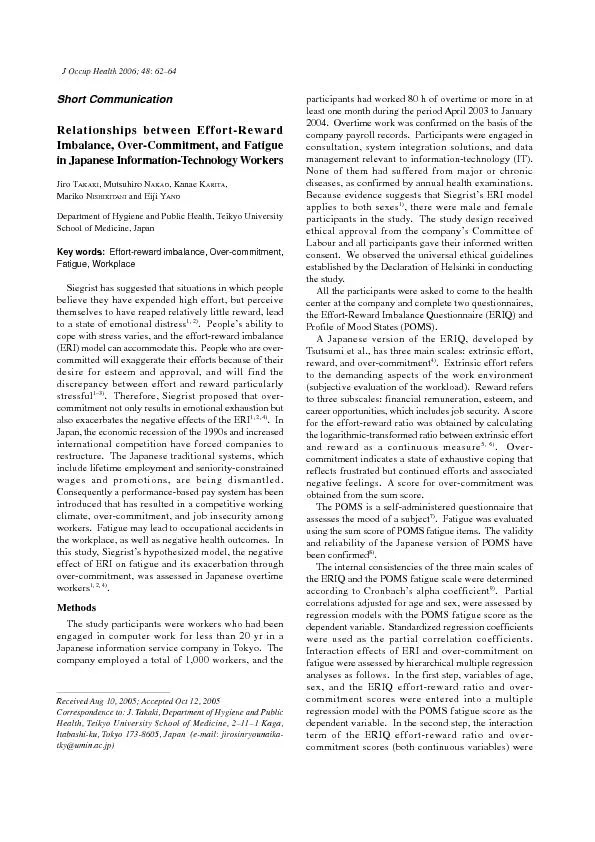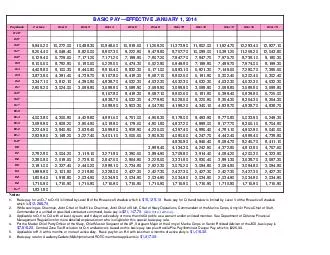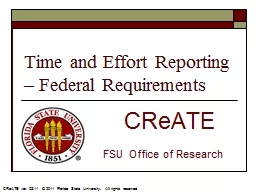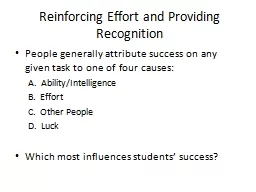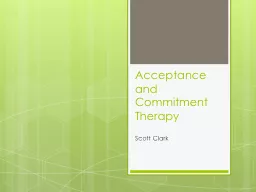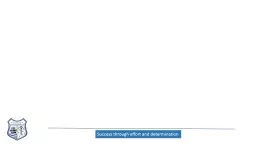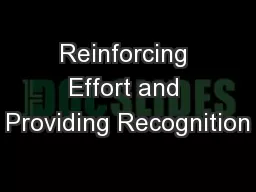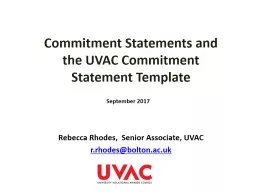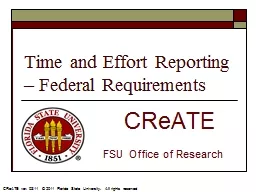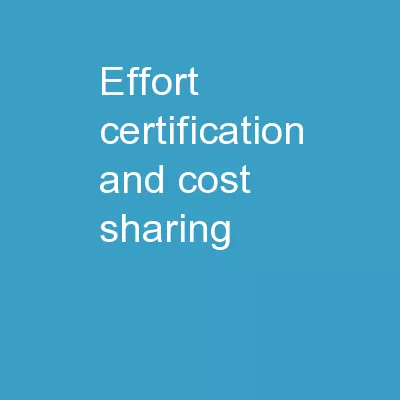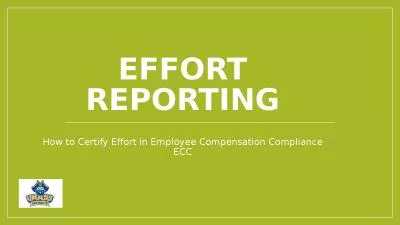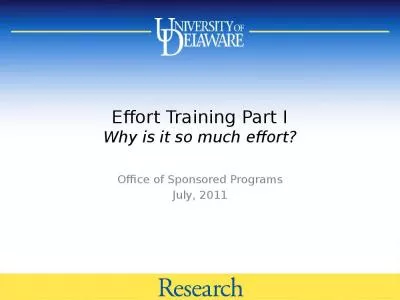PDF-Relationships between Effort-RewardImbalance, Over-Commitment, and Fat
Author : marina-yarberry | Published Date : 2016-07-04
Received Aug 10 2005 Accepted Oct 12 2005Correspondence to J Takaki Department of Hygiene and PublicHealth Teikyo University School of Medicine 2
Presentation Embed Code
Download Presentation
Download Presentation The PPT/PDF document "Relationships between Effort-RewardImbal..." is the property of its rightful owner. Permission is granted to download and print the materials on this website for personal, non-commercial use only, and to display it on your personal computer provided you do not modify the materials and that you retain all copyright notices contained in the materials. By downloading content from our website, you accept the terms of this agreement.
Relationships between Effort-RewardImbalance, Over-Commitment, and Fat: Transcript
Download Rules Of Document
"Relationships between Effort-RewardImbalance, Over-Commitment, and Fat"The content belongs to its owner. You may download and print it for personal use, without modification, and keep all copyright notices. By downloading, you agree to these terms.
Related Documents

